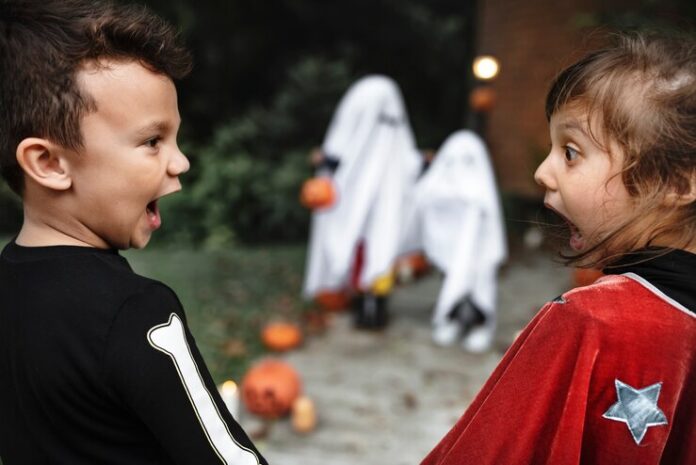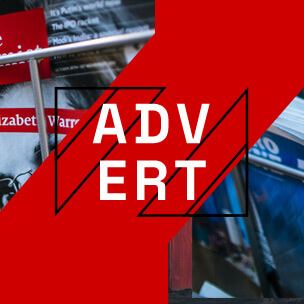In the realm of fable literature, few subject matters are as compelling as the adventure of a disowned toddler who discovers their divine history and harnesses their latent energy. “The Disowned Child: Chronicles of Unleashed Divine Bloodlust” explores this narrative with intensity and intensity, weaving a story of redemption, vengeance, and self-discovery. This article delves into the key factors of this captivating tale, analyzing its characters, topics, and the wider implications of its narrative.
Plot Overview
“The Disowned Child: Chronicles of Unleashed Divine Bloodlust“ follows the adventure of Seraphina, a younger woman deserted through her noble circle of relatives and left to fend for herself in a harsh international. Unbeknownst to her, Seraphina is the progeny of a effective divine entity, and her bloodline includes tremendous, untapped ability. The story unfolds as she uncovers her real history and learns to harness her divine powers, that have been woke up by using a sequence of tragic and transformative activities.
The narrative begins with Seraphina’s lifestyles as an outcast. Raised in poverty and subjected to consistent prejudice, she is a stark evaluation to the opulence of her former family. Her adventure takes a dramatic flip when she encounters an enigmatic mentor who reveals her divine lineage and the latent electricity inside her. As she trains and grows stronger, Seraphina’s quest for vengeance in opposition to folks that wronged her intertwines together with her warfare to govern her burgeoning divine abilties.
Character Development
1. Seraphina
Seraphina is a complicated and multifaceted protagonist. Initially added as a sufferer of circumstance, her individual evolves as she confronts her past and embraces her divine nature. Her development is marked through a struggle between her preference for revenge and her want for self-discipline. The bloodlust that accompanies her divine powers becomes both a source of strength and a burden, reflecting the duality of her nature.
Her journey is not just one in all physical transformation but also of emotional increase. Seraphina grapples with emotions of abandonment, betrayal, and a profound sense of injustice. Her evolution from a disowned toddler to a effective, self-assured discern is vital to the tale’s thematic intensity, because it explores the outcomes of embracing one’s real identification and power.
2. The Mentor
The mentor character in “The Disowned Child” is a pivotal discern in Seraphina’s transformation. Mysterious and wise, this mentor provides the steering and training Seraphina wishes to govern her divine talents. Their courting is characterized by a mix of mentorship and struggle, because the mentor demanding situations Seraphina to confront her inner demons even as also nurturing her growth.

The mentor’s personal historical past and motivations add layers to the story, revealing that their interest in Seraphina isn’t always simply altruistic. The mentor’s actions and choices are driven by using a complicated web of personal agendas and past stories, which intertwine with Seraphina’s journey and have an effect on the overall narrative.
three. The Antagonists
The antagonists in “The Disowned Child” aren’t genuinely evil for the sake of evil. They are intricately developed characters whose movements are prompted via their personal desires and fears. The own family that disowned Seraphina, in conjunction with different adversaries, represent the forces that are searching for to undermine or manipulate her divine strength. Their interactions with Seraphina upload anxiety and warfare to the narrative, driving her quest for revenge and self-discovery.
Themes and Symbolism
1. Redemption and Vengeance
At the coronary heart of “The Disowned Child” is a profound exploration of redemption and vengeance. Seraphina’s quest for revenge against people who wronged her is juxtaposed together with her journey towards self-redemption. The divine bloodlust she reports symbolizes the internal conflict between these two forces. Her warfare isn’t always most effective in opposition to external adversaries however also towards the darkness within herself.
The theme of redemption is explored via Seraphina’s interactions with others and her own private boom. As she learns to govern her divine strength, she also confronts the emotional scars left by using her beyond. The resolution of her quest reflects the concept that genuine redemption frequently requires confronting and reconciling with one’s own inner turmoil.
2. Identity and Self-Discovery
The story delves into the subject matter of identification and self-discovery thru Seraphina’s adventure. Her transformation from a disowned infant to a powerful divine being is emblematic of the wider quest for self-expertise and reputation. As she uncovers her divine history, Seraphina should reconcile her beyond with her newfound identification and discover her location in a international that has forged her aside.
This topic is reinforced by way of the symbolism of divine bloodlust. The conflict to harness and control this electricity represents the wider quest for self-mastery and the look for one’s actual cause. Seraphina’s journey is a testomony to the idea that information and accepting one’s genuine nature is fundamental to non-public boom and fulfillment.
3. Power and Responsibility
Another large topic in “The Disowned Child” is the connection among energy and duty. Seraphina’s divine capabilities come with super ability for both creation and destruction. Her journey includes not only gaining knowledge of to wield this electricity but also know-how the ethical and moral implications of her actions.
The story examines the responsibilities that come with outstanding strength and the outcomes of its misuse. Seraphina’s struggle to balance her preference for revenge with the want to behave responsibly reflects the wider subject matter of the way power should be wielded with warning and integrity.
Impact and Legacy
“The Disowned Child: Chronicles of Unleashed Divine Bloodlust” stands out in the fable genre for its rich person development, thematic depth, and compelling narrative. It combines factors of private conflict, divine mythology, and epic journey to create a tale that resonates with readers on more than one stages.
The ebook’s exploration of redemption, identity, and strength affords a thought-scary remark at the human circumstance. Seraphina’s adventure serves as a metaphor for the wider quest for self-information and the demanding situations of embracing one’s actual capacity.
In addition to its thematic richness, the novel’s enticing plot and well-crafted characters make contributions to its enduring attraction. The tale’s effect extends beyond its immediate narrative, offering readers a reflection on the complexities of human nature and the transformative power of self-discovery.
Conclusion
“The Disowned Child: Chronicles of Unleashed Divine Bloodlust” is a captivating tale that blends fable with deep emotional and philosophical issues. Through its exploration of redemption, identity, and the stability of strength, the unconventional offers a wealthy and immersive experience for readers. Seraphina’s adventure from a disowned baby to a powerful divine being is a testament to the enduring attraction of fantasy literature and its ability to resonate with the complexities of the human experience. As readers comply with Seraphina’s path, they may be invited to reflect on their own journeys of self-discovery and the power of embracing one’s authentic nature.

